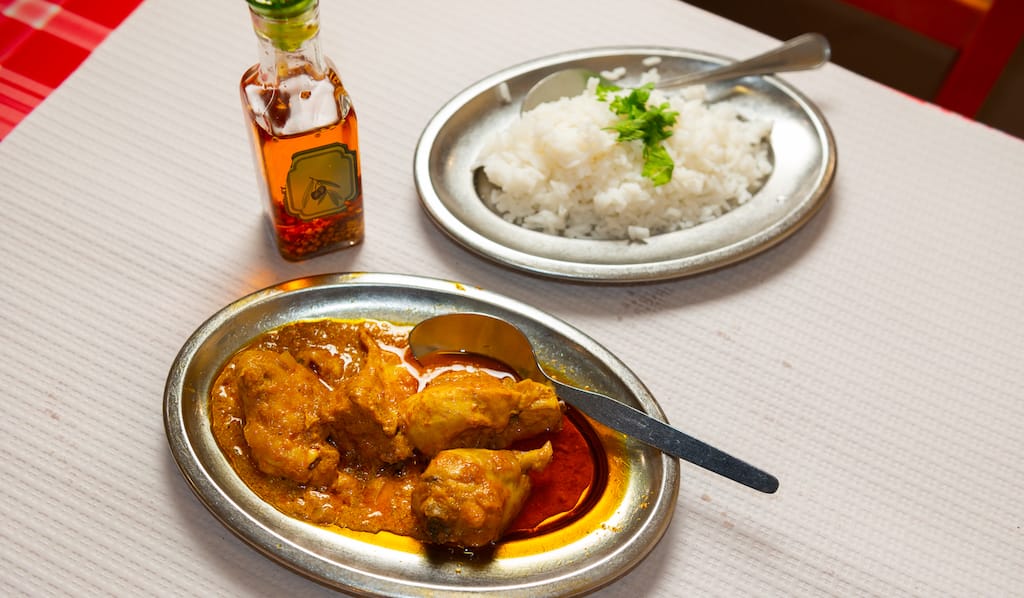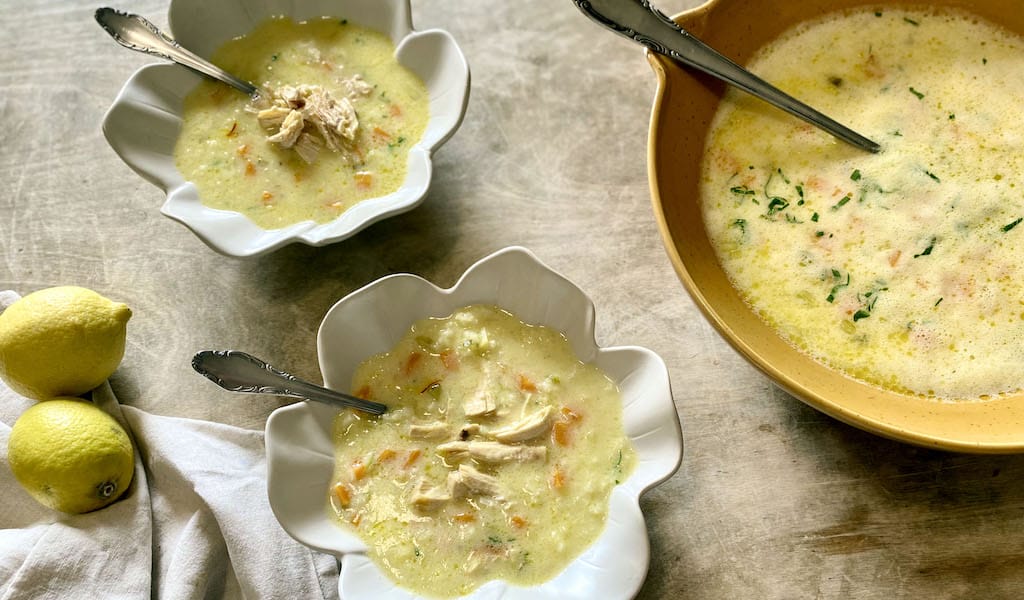Casa da Índia is not, despite the name, an Indian restaurant. The menu boasts a pretty standard repertoire of the type of hearty, meat-and-potatoes dishes one would associate with Portugal: grilled sardines, salt cod baked with cream, stewed fava beans.
“This space used to be a warehouse for spices,” says Paulo Campos, Casa da Índia’s manager, when asked about the restaurant’s rather misleading name. “We’re close to the river, so this is where spices, coffee, tea and other things from India were stored. The owners wanted to retain this legacy, so they gave it this name.”
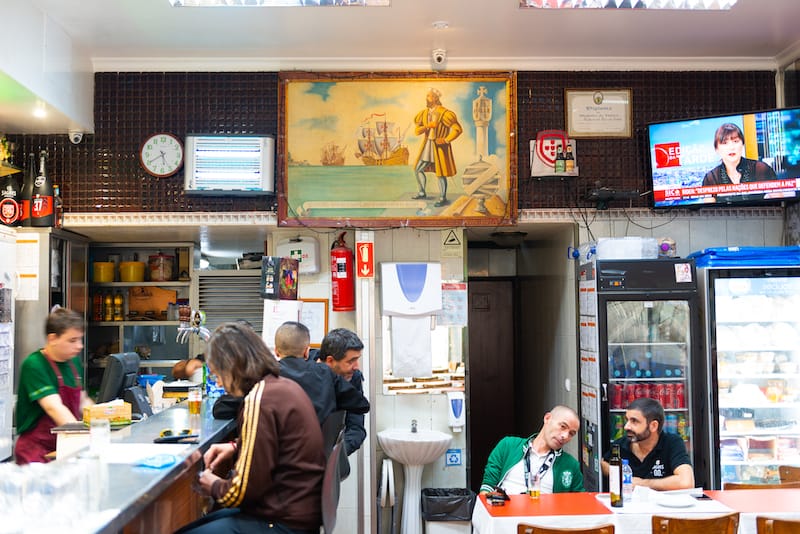
Dive deep enough into the menu of Casa da Índia and eventually you will find a curry. But this isn’t unusual in Lisbon – on an average day, in restaurants, tiny coffee shops, and even hospital and university canteens across the city, Lisboetas are tucking into a dish of Indian origins known as caril. Considering that Portugal colonized Goa, in modern-day India, for more than 500 years, this starts to make sense. But the curry served in Lisbon wouldn’t be immediately familiar to a native of Goa.
“The curry served here is a Portuguese dish,” says Campos of the chicken curry served at Casa da Índia. “Normally a curry has Indian characteristics, but the one we do here is mild. We want to taste the chicken, not just spices, so it has a more balanced flavor.”
Whereas a Goan curry might be complex, perhaps tart or spicy, the dish as served in Lisbon emphasizes mild and creamy flavors and textures. Goan curries are made with a variety of custom spice blends that can vary immensely depending on the dish or the ingredients used; Lisbon’s take gets its aroma from one source: commercial curry powder. Goan-style curries can include a huge variety of proteins and/or vegetables; Lisbon’s curry typically includes chicken or seafood, with few or no vegetables. The dish is a reduction of sorts, and it’s likely that these changes occurred during one important stop along caril’s journey to Portugal.

“Curry is a dish that was common in Africa, where Portugal used to have colonies,” says Carlos Rodrigues, himself born in Mozambique, and today the second-generation owner of Piri Piri, a restaurant in Trafaria, across the Tagus River from Lisbon. The original branch of Piri Piri was founded by his father in Maputo – then known as Lourenço Marques – in the 1950s. Rodrigues claims that during these days, they used to sell so much curry it was stored in giant vats and served from a spout.
Located on the Indian Ocean, Mozambique has long been a crossroads for trade, especially with South Asia. Indians have been part of the population for generations, and dried spices are part of the cuisine. After Goa was annexed by India in 1961, many Goans fled to Portuguese colonies in Africa, especially Mozambique, bringing with them their cuisine. Yet without access to certain ingredients, and perhaps in an effort to accommodate the tastes of African and European eaters, their dishes began to take a different form.
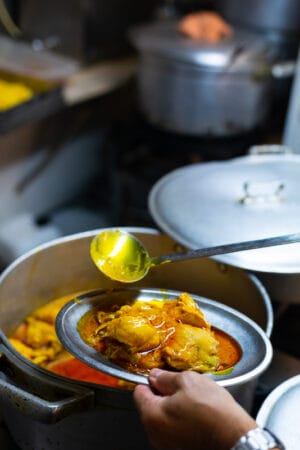
“It’s a typical Mozambican curry,” says Rodrigues of the chicken curry served at Piri Piri, which is rich and pleasantly oily, with a deep yellow hue from turmeric, and a pleasant and distinct aroma from curry powder. Like its counterparts, it’s not spicy at all, but those who want can jazz up their dish with an optional condiment of dried chilies steeped in oil.
This type of curry was largely relegated to Africa until 1975, when, like Goa, Mozambique rejected Portuguese colonial rule. Almost overnight, tens of thousands of Portuguese passport holders, some of whom had lived in Africa for generations, arrived in Portugal, bringing with them decades of experience in the restaurant business and lots of exotic recipes, including curry.
“After 1974, Portuguese people had a change in their diet after so many people returned from the former colonies in Africa,” says Rodrigues, of the era when these so-called retornados also introduced dishes such as spicy grilled chicken and samosas to Portugal.
It was at this point that the caril that Lisbon now loves became more common – and more Portuguese. Indeed, the curry served at Piri Piri begins with a refogado, the utterly Portuguese base of chopped onions, garlic, tomatoes and bay leaf, simmered slowly in oil.
By today’s foodie standards, those stainless steel platters of chicken curry served across Lisbon aren’t particularly exotic nor challenging. But Goan-Mozambican-Portuguese caril boasts a fascinating backstory, as well as its own unique parameters. And like the Portuguese repertoire it’s now part of, it excels at comfort.
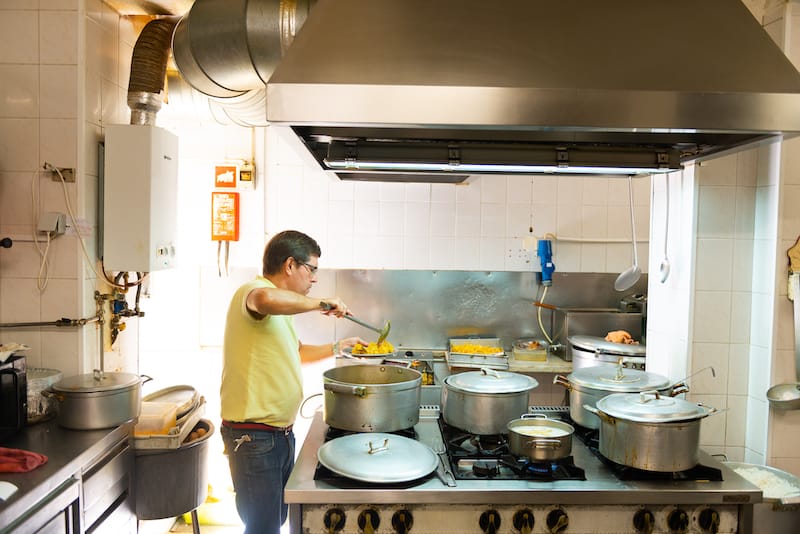
Recipe: Caril de Frango, Goan-Mozambican-Portuguese Chicken Curry
An amalgam of recipes served in restaurants across Lisbon, this recipe results in a relatively dry, rich, fragrant, pleasantly oily curry.
The standard curry powder in Portugal is Margão brand, named after a city in the former colony of Goa. A deep yellow hue is a hallmark of this type of curry, so we’ve boosted this by adding a bit of additional turmeric powder (known in Portugal as açafrão das Índias, “Indian saffron”).
You can use whatever cuts of chicken you prefer, although this will impact cooking time. We used drumsticks and thighs, with the larger thighs halved lengthwise.
For coconut milk, avoid the stuff in cans; UHT coconut milk from Thailand or Indonesia is much better in quality, and is readily available these days.
Rice is the obligatory carb here; if you have access to it, serve your curry with Portuguese Carolino rice, cooked with a pat of butter and a pinch of salt, if desired
Pair this dish with a Portuguese lager such as Super Bock or Sagres.
Serves 4
½ cup vegetable oil
2 large onions (around 400g total), peeled and chopped finely
3 bay leaves
5 cloves garlic (around 15g total), peeled and minced
3 tablespoons tomato pulp
1 tablespoon curry powder
2 teaspoons turmeric powder
1½ cups coconut milk
1kg bone-in chicken parts
2 teaspoons salt
1 small sprig cilantro, chopped
Rice, for serving
Prepare the dish: In a casserole or large, heavy saucepan, heat the oil over medium heat. Add onions and bay leaves and sauté, stirring occasionally, until the onions are transparent, around 10 minutes.
Add the garlic, tomato pulp, curry powder and turmeric powder, and sauté until fragrant and a fragrant layer of oil has emerged, around 10 minutes.
Add the coconut milk, chicken and salt, increase heat, bring to a simmer, close the lid and maintain at a simmer, stirring occasionally, until a layer of oil has emerged and the chicken is as tender as you prefer, around 30 minutes.
Serve: Remove to a serving dish, garnish with the cilantro and serve with rice.
Austin BushAustin Bush
Published on October 06, 2022
Related stories
April 2, 2024
LisbonFolar is the generic name given to traditional Easter sweet bread in Portugal. Making it from scratch is somewhat of a long process, but being confined due to the coronavirus crisis, we seem to have a bit more time on our hands than expected. My family’s folar recipe is from my grandmother Felismina, who was…
January 17, 2024
AthensI can’t think of a more comforting dish than soup. It can be as simple or complex as you wish, and as cheap or expensive as you can afford. Just open your fridge or pantry, and you’re sure to find something to turn into a liquid meal – vegetables, herbs, spices, meat, poultry, seafood, grains, legumes……
January 5, 2024
TbilisiJanuary is a busy time in Georgia: following New Year’s Eve are two weeks of visits and celebrations with friends and family that culminate with what’s known as Old New Year on January 14. The Georgian Orthodox Church still uses the ancient Julian calendar, which sees Christmas falling on January 7th and New Year on…







































